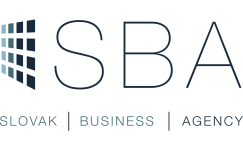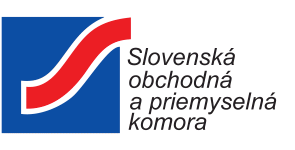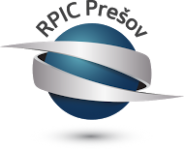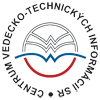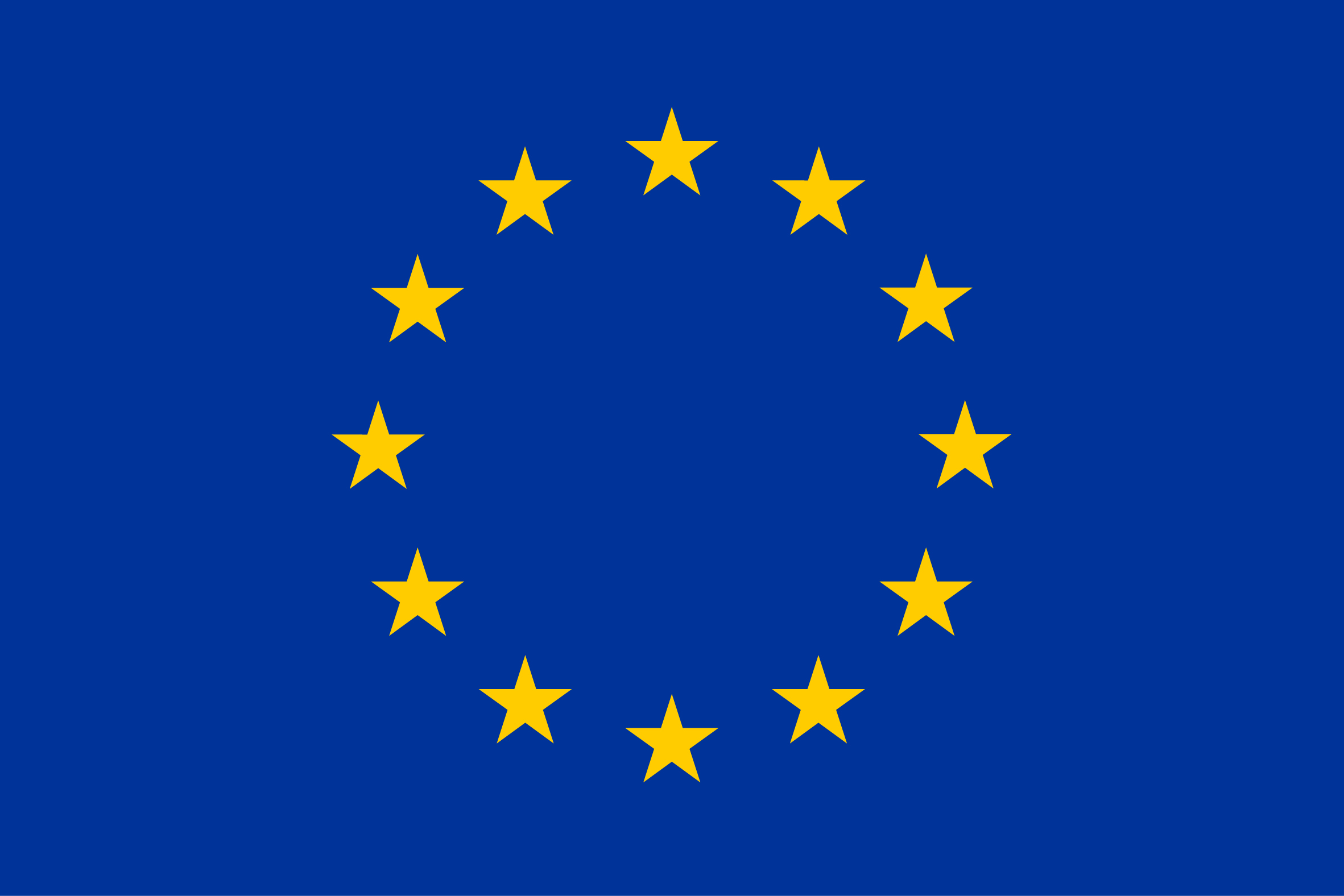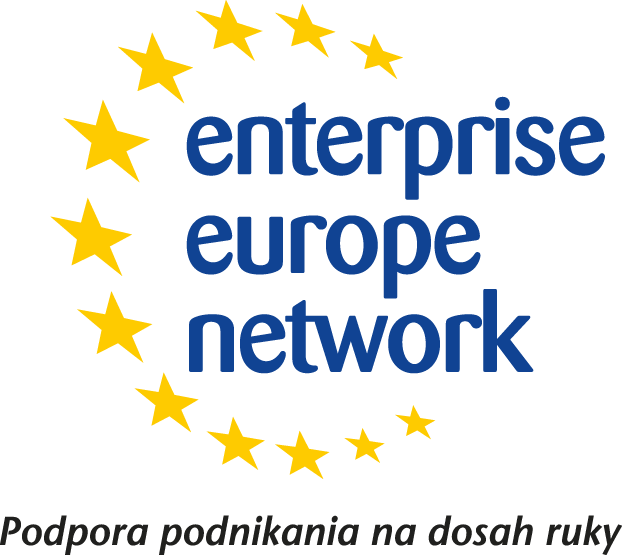Summary:
A Romanian research institute, active in the research and development of new methods in analytical chemistry, has developed a method for phthalates determination in milk, with useful applications in the food quality and safety field. Currently, the method is under development/laboratory testing. The institute is looking for partners such as food quality and safety laboratories to conclude commercial agreements with technical assistance (engineering and technical assistance).
Description:
The Romanian research institute is specialized in the application of analytical chemistry in three main directions: Environment and Health, Instrumental Analytical Chemistry, Bioenergy and Biofuels. The institute has a remarkable endowment that allows approaching projects from research to stage prototype realization and technology transfer.
Phthalates are organic substances and endocrine disruptors used as plasticizers in plastics. Scientific studies show that significant quantities of phthalates are present in the living environment, in food packaging (paper, plastics, cellophane, aluminum foil and jar lids) wherefrom, by migration, they may contaminate food and drink. Phthalates are fat soluble, so they can also be found in foods such as dairy products, eggs, chicken and pork, fish and oils. Therefore, through food ingestion, the human body may be exposed on:
• long-term exposure to low levels of phthalates (chronic) causing male infertility, kidney and liver disorders, endocrine or potentially carcinogenic diseases;
• short-term exposure to high levels of phthalates (acute) causing effects on the gastrointestinal system, dizziness or nausea.
Based on these findings, a careful analysis of these endocrine disrupters is mandatory, in order to respect the food safety legislation. In this context, the Romanian institute has developed a method for phthalates determination in milk.
As compared to other existing conventional methods on the phthalates determination such as Soxhlet extraction, the method developed by the Romanian institute uses “solvent-free” ultrasound extraction (USE) for extracting organic analytes from complex matrices and a low extraction time (approx. 90%).
In order to determine the quantity and types of phthalates in milk, the method comprises the following steps: sample weighting, ultrasonic extraction with a solvent mixture, extract concentration, lipids removal, extraction in water, headspace solid-phase microextraction as well as identification and quantification of analytes by gas chromatography coupled with mass spectrometry (GC-MS).
The method allows the determination of the following six phthalates in milk, at trace and ultra-trace level:
• dimethyl phthalate (DMP),
• diethyl phthalate (DEP),
• di-n-butyl phthalate (DBP),
• butyl benzyl phthalate (BBP),
• di-(2-ethylhexyl) phthalate (DEHP) and
• di-n-octyl phthalate (DOP).
The method can be successfully used for monitoring the phthalates contamination of raw and commercialized pasteurized milk.
The Romanian research institute is looking for partners abroad such as food quality and safety laboratories. The considered partnership refer to commercial agreements with technical assistance (engineering and technical assistance) in the method transfer and implementation on the partner's equipment, as well as, staff training.
Type (e.g. company, R&D institution…), field of industry and Role of Partner Sought:
Type of partner sought: Agriculture and food analysis laboratories, active in the food quality and safety field. Under the commercial agreement with technical assistance, the sought partners should implement the method for monitoring of raw and commercialized pasteurized milk contamination, using appropriate equipment and qualified personnel. The Romanian research institute will support its partners with technical consulting and staff training.
Stage of Development:
Under development/lab tested
Comments Regarding Stage of Development:
Currently, the method is under development/lab tested, thereafter going to be a prototype available for demonstration.
IPR Status:
Patents granted
Comments Regarding IPR Status:
Patent granted by the Romanian State Office for Inventions and Trademarks. The method is the result of a national research project and its IP rights belong to the project partners.
External code:
TORO20180524001


